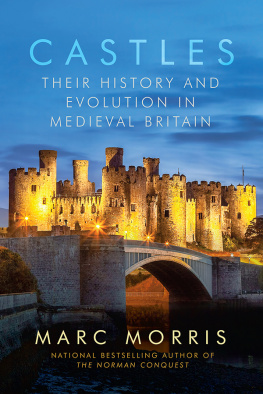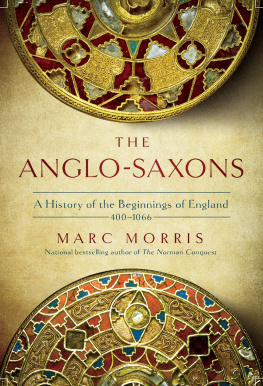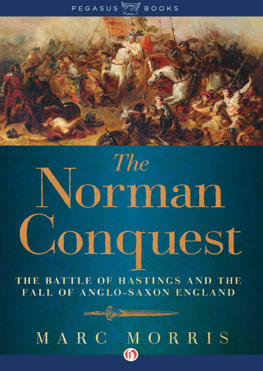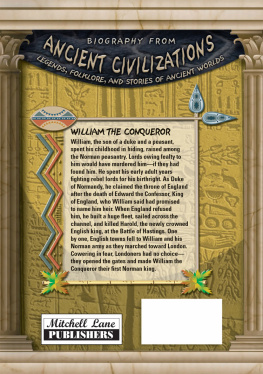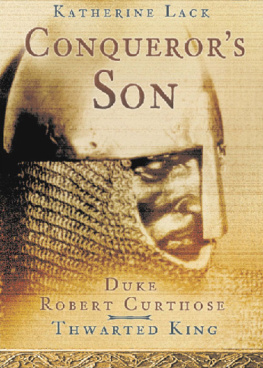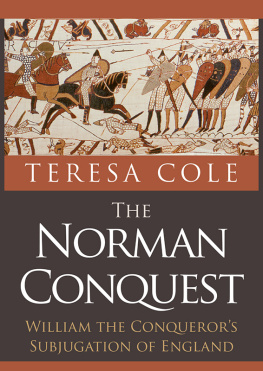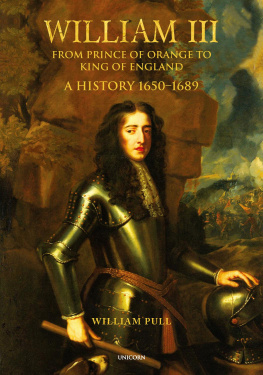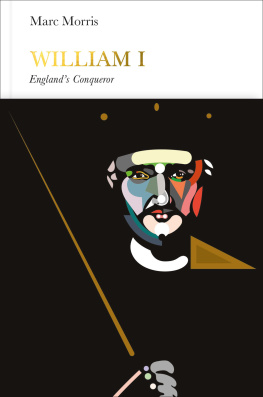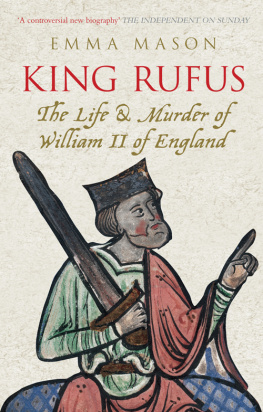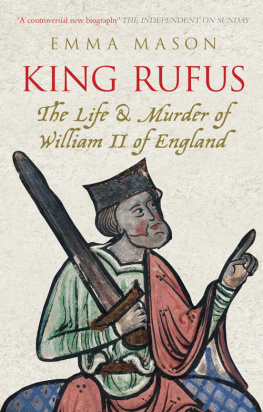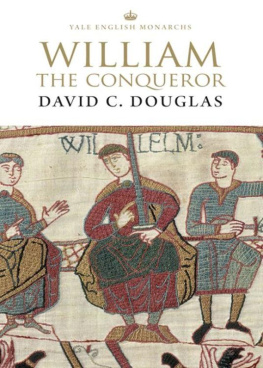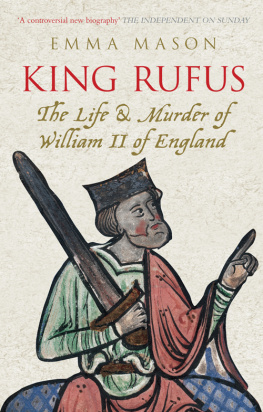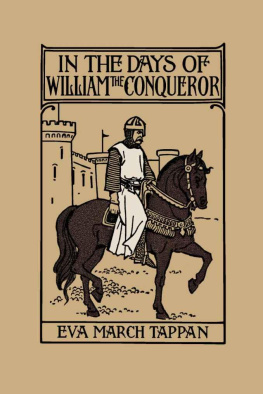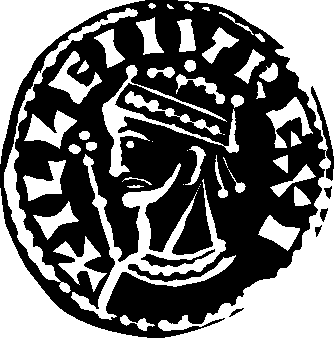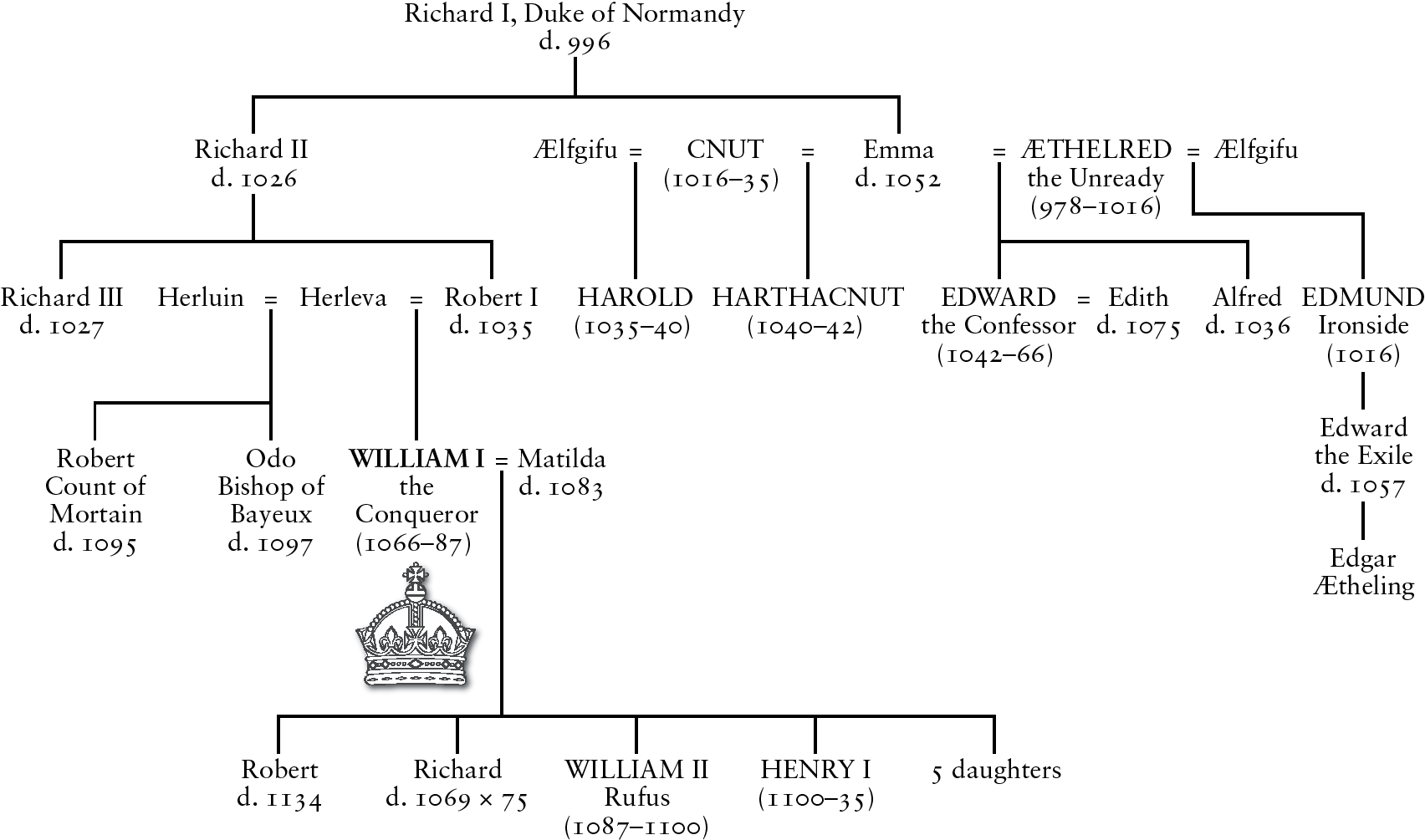Marc Morris - William I : England’s Conqueror
Here you can read online Marc Morris - William I : England’s Conqueror full text of the book (entire story) in english for free. Download pdf and epub, get meaning, cover and reviews about this ebook. year: 2016, publisher: Allen Lane, genre: History. Description of the work, (preface) as well as reviews are available. Best literature library LitArk.com created for fans of good reading and offers a wide selection of genres:
Romance novel
Science fiction
Adventure
Detective
Science
History
Home and family
Prose
Art
Politics
Computer
Non-fiction
Religion
Business
Children
Humor
Choose a favorite category and find really read worthwhile books. Enjoy immersion in the world of imagination, feel the emotions of the characters or learn something new for yourself, make an fascinating discovery.

- Book:William I : England’s Conqueror
- Author:
- Publisher:Allen Lane
- Genre:
- Year:2016
- Rating:3 / 5
- Favourites:Add to favourites
- Your mark:
William I : England’s Conqueror: summary, description and annotation
We offer to read an annotation, description, summary or preface (depends on what the author of the book "William I : England’s Conqueror" wrote himself). If you haven't found the necessary information about the book — write in the comments, we will try to find it.
On Christmas Day 1066, William duke of Normandy was crowned in Westminster, the first Norman king of England. The ceremony was a disaster: Norman soldiers, mishearing English shouts of acclamation as treachery, torched and looted the surrounding buildings. To chroniclers who wrote with the benefit of hindsight, it was an omen of catastrophes to come. During the reign of William the Conqueror, England experienced greater and more seismic change than ever before or since. The old ruling elites were swept away, while rebellion was met with overwhelming force, laying waste huge swathes of the country. Society was reordered, hundreds of castles constructed across the kingdom and every major abbey and cathedral torn down and rebuilt. The map of England itself was redrawn, giving greater power than ever before to the king. Towards the end of his reign, when William attempted to assess the scale of this transformation by launching a great survey, his subjects compared it to the last judgement of God: the Domesday Book. Read more...
Marc Morris: author's other books
Who wrote William I : England’s Conqueror? Find out the surname, the name of the author of the book and a list of all author's works by series.

